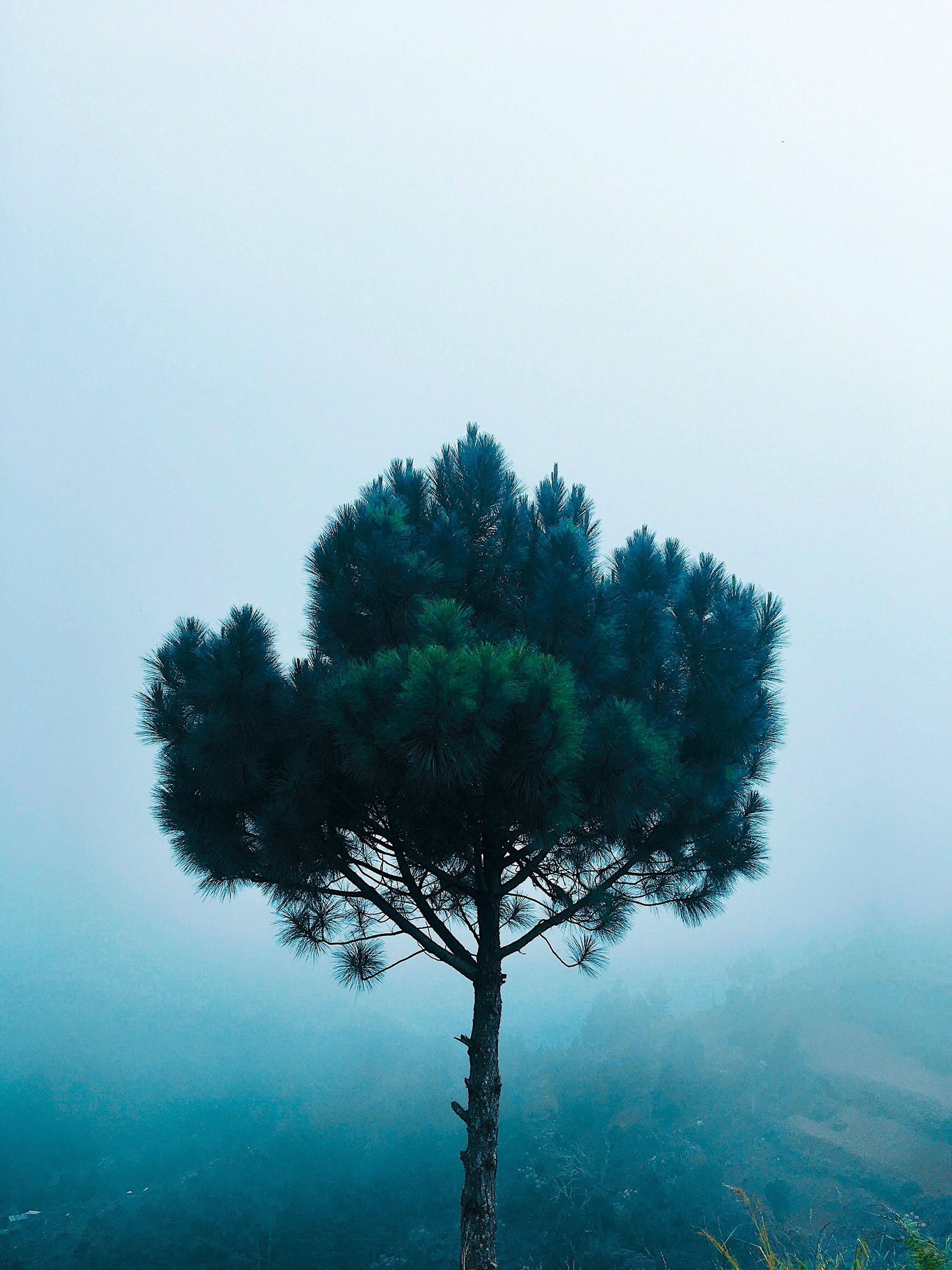By Grant Cool
•
January 9, 2026
A mature tree is more than just a plant in your yard. It’s a landmark, a provider of shade on hot summer days, and often, a silent witness to years of family memories. So, when a tree starts to show signs of decline, or when its branches creep a little too close to the roofline, the decision of whether to keep it or remove it can be surprisingly difficult. Is it an asset or a liability? This decision involves weighing aesthetics, safety, cost, and environmental benefits. It’s a complex calculation where an emotional attachment can easily cloud practical judgment. At Aurora Tree Service, we believe that making the right choice starts with a professional, unbiased evaluation. Our certified arborists are here to help you see the complete picture, providing the expert analysis you need to decide the future of your tree with confidence. When a Tree is an Asset Worth Preserving Before you get out the chainsaw, it’s crucial to recognize the immense value a healthy tree brings to your property. In many cases, saving a tree is not only possible but also the wisest long-term investment. An expert from Aurora Tree Service can help you identify these valuable assets. Contribution to Property Value Well-placed, healthy trees are a major selling point for any home. Studies have consistently shown that mature trees can increase a property's value by 7% to 19%. They enhance curb appeal, create a sense of establishment, and make a property more desirable. A large, beautiful oak or maple in the front yard is a landscape feature that takes decades to replace. Energy Savings and Shade Strategically located trees are nature’s air conditioners. A large deciduous tree on the south or west side of your home can block up to 90% of the intense summer sun, keeping your house cooler and significantly reducing your air conditioning bills. In the winter, the same tree loses its leaves, allowing sunlight to stream in and help warm your home. Environmental and Health Benefits Your trees are hard at work for you and the environment. They improve air quality by absorbing carbon dioxide and other pollutants while releasing oxygen. Their root systems help manage stormwater by reducing runoff and preventing soil erosion. They also provide vital food and shelter for local wildlife, from birds to pollinators. Aesthetic and Sentimental Value Sometimes, a tree's worth can't be measured in dollars. It might be a climbing tree from childhood, a gift from a loved one, or simply the beautiful centerpiece of your garden. If a tree is healthy and structurally sound, preserving this living landmark is often the right choice. Our team can help you find ways to maintain its health, such as corrective pruning or soil treatments, to ensure it remains a safe and cherished part of your landscape. When Removal Becomes the Necessary Choice As much as we love trees, there are times when removal is the only responsible option. An arborist’s job isn't just to save trees, but to identify when a tree has become an unacceptable risk. Ignoring the warning signs can lead to catastrophic damage to your home, property, or even cause serious injury. Significant Disease or Pest Infestation Some tree diseases and pest infestations can be managed, but others are terminal. Conditions like advanced Dutch elm disease, oak wilt, or severe damage from emerald ash borer can weaken a tree beyond recovery. In these cases, removal is often necessary to prevent the disease or pests from spreading to other healthy trees in your yard and the neighborhood. Structural Instability and Compromise This is one of the most critical factors. A tree might look healthy from a distance but be a ticking time bomb. Our arborists at Aurora Tree Service are trained to spot subtle but dangerous structural flaws: Deep Cracks or Splits: Large cracks in the trunk or major limbs indicate a high risk of failure. Hollow Trunk: A significant hollow, often caused by decay, can compromise the tree's entire structure. Heaving Soil or Exposed Roots: If the ground around the base of the tree is lifting, it could mean the root system is failing and the tree is at risk of toppling over. A Sudden Lean: If a tree that once stood straight is now leaning, it’s a red flag for root failure. The Wrong Tree in the Wrong Place Sometimes, a tree is perfectly healthy, but it was simply planted in a poor location. As it grows, it can become a major problem. Interference with Structures: Roots can crack foundations, driveways, and sidewalks. Branches can damage your roof, siding, and gutters. Utility Line Conflicts: A tree growing into power lines is a serious safety hazard that requires professional intervention. In some cases, repeated, aggressive pruning is not a sustainable solution, and removal is the better long-term choice. Overcrowding: When trees are planted too close together, they compete for light and resources, leading to poor health for all of them. Selective removal can allow the remaining trees to thrive. How Aurora Tree Service Helps You Decide Making this call on your own can be overwhelming. Is that crack serious? Is the lean getting worse? Our certified arborists provide a comprehensive tree risk assessment that takes the guesswork out of the equation. Our process involves: A Visual Inspection: We examine the tree from the roots to the crown, looking for signs of disease, pests, and structural defects. Site Evaluation: We assess the tree’s location, paying close attention to nearby targets like your house, power lines, or play areas. In-Depth Analysis: We might use specialized tools like a rubber mallet to sound the trunk for decay or a resistograph to measure the extent of internal rot. A Clear Recommendation: Based on our findings, we provide you with a detailed report and a clear, honest recommendation. We will tell you if the tree can be saved through pruning, cabling, or treatment, or if the risk is too high and removal is the safest course of action. Making the Right Choice for Your Property The decision to keep or remove a tree is a significant one. It impacts your property’s safety, value, and beauty. Don't leave it to chance. With a professional evaluation from Aurora Tree Service, you can be confident that you are making an informed, responsible decision that is best for your home and family. Whether your goal is to preserve a cherished landmark for another generation or to remove a dangerous liability before it’s too late, our team is here to provide the expertise you can trust. Unsure about the health or safety of a tree on your property? Contact Aurora Tree Service today for a professional tree evaluation and a free, no-obligation quote! Meta Information Meta Title: Is Your Tree Worth Keeping? A Guide to Evaluation | Aurora Meta Description: Learn when to save or remove a tree. Aurora Tree Service helps you assess tree health, safety risks, and value to make an informed decision.



